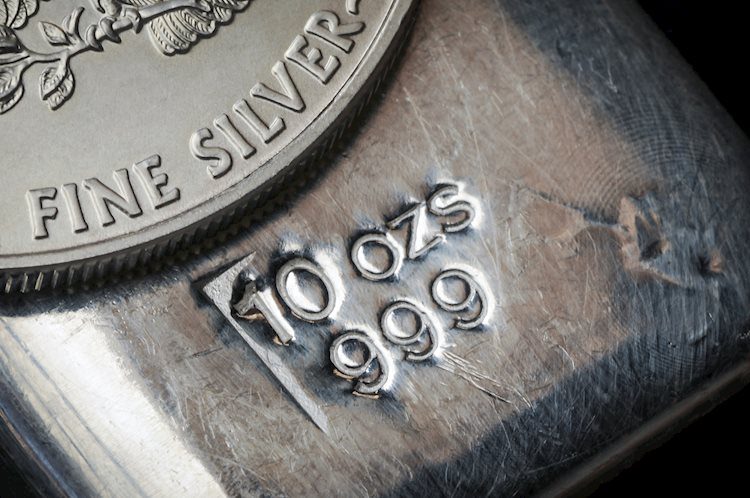Silver prices faced a significant retreat from the $29.11 level after failing to break through key resistance at the confluence of the 50 and 100-day moving averages. The retreat was fueled by a turn in market sentiment towards risk aversion and a strengthening US Dollar, which caused the precious metal to drop over 3%. The Relative Strength Index (RSI) signaled strong bearish momentum, indicating a potential downtrend in the near term. The next support levels for Silver are at $27.18, $27.00, and the 200-day moving average at $26.62. However, if the price manages to rebound above $29.15, it could potentially reach the key psychological level of $30.00.
Silver prices experienced a technical downturn as sellers gained momentum and pushed the price below $28.00. The next support level to watch for is the August 14 swing low at $27.18, followed by $27.00 and the 200-DMA at $26.62. On the other hand, a break above $29.15 could keep Silver bid, with the potential to target the $30.00 level. The daily chart for XAG/USD shows a clear bearish bias, with the RSI indicating a steep fall in momentum. The failure to clear the resistance at the moving averages led to a sharp decline in Silver prices, highlighting the importance of technical levels in determining price movements.
Investors often turn to Silver as a way to diversify their investment portfolio, hedge against inflation, or utilize its intrinsic value. While Gold remains the more popular choice for many traders, Silver still holds its appeal in the market. The metal can be traded physically in the form of coins or bars, or through Exchange Traded Funds that track its price on international markets. Factors such as geopolitical tensions, recession fears, interest rates, and the behavior of the US Dollar can all impact the price of Silver, making it a volatile yet potentially profitable asset to trade.
The industrial uses of Silver play a significant role in its price movements, with sectors like electronics and solar energy relying heavily on the metal’s conductivity properties. Changes in demand from major economies such as the US, China, and India can also influence Silver prices, as these countries have significant industrial and consumer demand for the metal. Additionally, Silver tends to follow Gold’s movements, with the Gold/Silver ratio serving as a gauge for relative valuation between the two metals. A high ratio may indicate that Silver is undervalued compared to Gold, while a low ratio suggests the opposite.
In conclusion, Silver prices faced a notable retreat from key resistance levels, signaling a potential downtrend in the near term. Technical indicators such as the RSI highlighted the strong bearish momentum, with support levels at $27.18, $27.00, and $26.62. However, a rebound above $29.15 could shift the focus back towards the $30.00 level. Factors such as market sentiment, US Dollar strength, industrial demand, and the Gold/Silver ratio all play a role in determining Silver prices, making it a complex yet rewarding asset for traders and investors to consider in their portfolios.


























